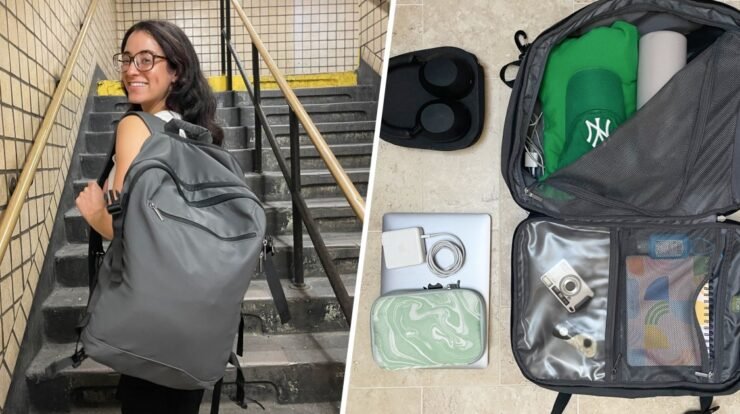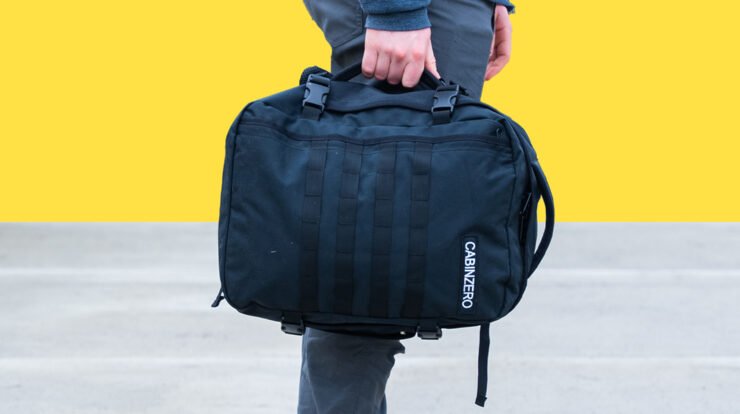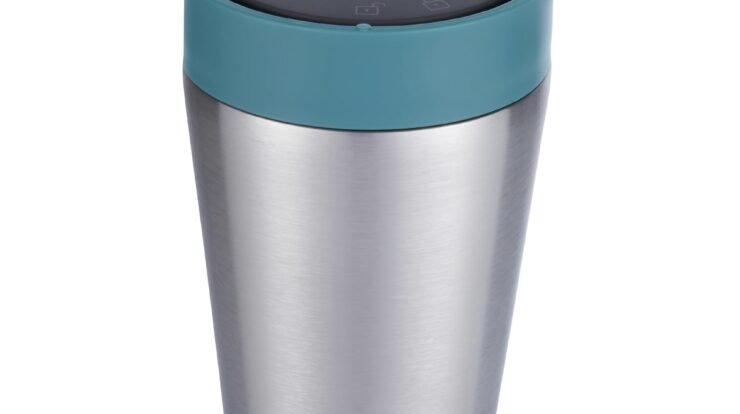Traveling by air can be exhilarating, but it comes with its own set of challenges—cramped overhead bins, strict carry-on regulations, and the constant juggle of keeping essentials accessible while staying organized. For frequent flyers, digital nomads, or occasional adventurers, choosing the right travel backpack can make or break your journey. A well-designed travel backpack not only maximizes space but also ensures comfort, durability, and easy access to your belongings. In this comprehensive guide, I’ll dive into the best travel backpacks for flying, sharing expert insights, hands-on experiences, and practical tips to help you find the perfect pack for your next trip.
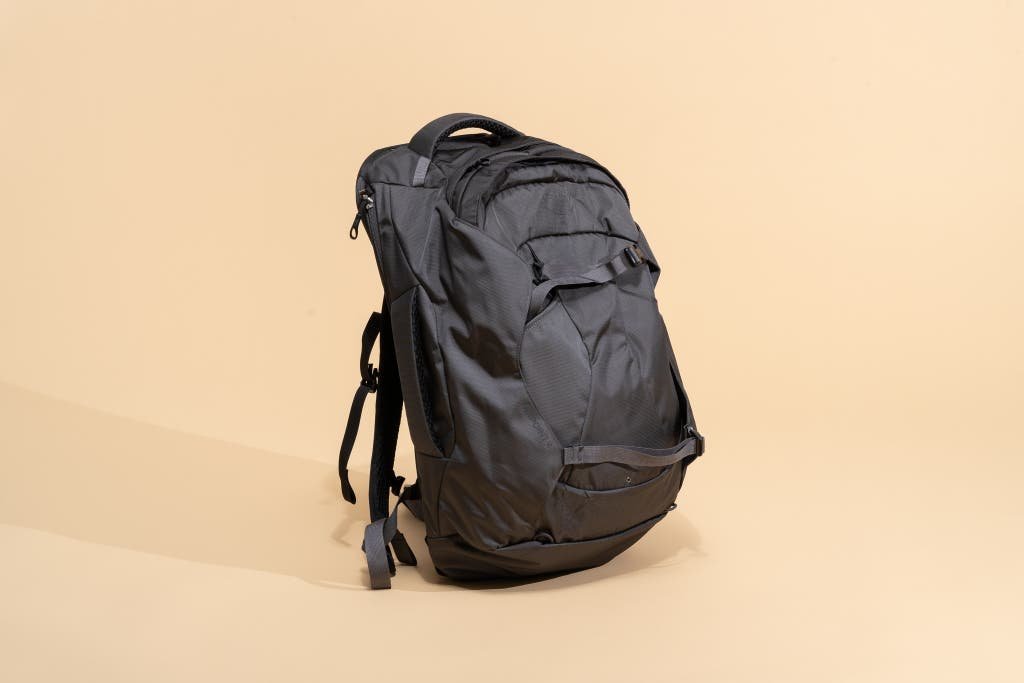
As someone who’s logged countless miles across continents, from bustling airports in Tokyo to compact regional hubs in South America, I’ve tested dozens of backpacks under real-world conditions. My recommendations are rooted in firsthand use, factoring in airline carry-on restrictions, comfort for long layovers, and the versatility needed for various travel styles. Whether you’re a minimalist packer or someone who needs room for camera gear and tech, this guide will steer you toward the best travel backpacks for flying in 2025.
Why Choosing the Right Travel Backpack Matters
Flying today means navigating a maze of airline policies, security checks, and unpredictable gate changes. A good travel backpack serves as your mobile command center, keeping your laptop, passport, snacks, and chargers within reach while fitting neatly under the seat or in the overhead bin. The best travel backpacks for air travel strike a balance between size, organization, and comfort, ensuring you can move through airports with ease.
Unlike traditional luggage, backpacks distribute weight evenly across your shoulders, reducing strain during long walks through terminals. They also offer hands-free convenience, which is a game-changer when you’re juggling boarding passes and coffee. But not all backpacks are created equal. A poorly designed bag can lead to back pain, disorganized chaos, or worse—getting flagged at the gate for exceeding carry-on limits. That’s why I’ve curated a list of top-tier options that excel in functionality, durability, and style, tailored specifically for air travel.
Key Features to Look for in a Travel Backpack for Flying
Before we dive into the top picks, let’s break down the must-have features for a travel backpack optimized for flying:
1. Carry-On Compliance: Most airlines enforce a carry-on size limit of 22 x 14 x 9 inches (including handles and wheels). The best travel backpacks for flying adhere to these dimensions, ensuring you can board without hassle.
2. Comfort and Ergonomics: Look for padded shoulder straps, a ventilated back panel, and an adjustable hip belt to distribute weight evenly. A sternum strap is a bonus for added stability.
3. Organization: Multiple compartments, quick-access pockets, and a dedicated laptop sleeve keep your gear organized and TSA-friendly.
4. Durability: High-quality materials like ripstop nylon or ballistic polyester, paired with YKK zippers, ensure your backpack withstands the rigors of travel.
5. Accessibility: A clamshell-style opening or front-loading design makes packing and unpacking a breeze, especially during security checks.
6. Weight: A lightweight backpack (under 4 pounds when empty) leaves more room for your belongings within airline weight limits.
7. Versatility: The best travel backpacks transition seamlessly from airport to city streets, with a sleek design that doesn’t scream “tourist.”
With these criteria in mind, let’s explore the top travel backpacks for flying, each rigorously tested for performance and practicality.
Read more: Best Car Mobile Stand with Charger for 2025 Ultimate Guide
The Best Travel Backpacks for Flying in 2025
1. Osprey Farpoint 40 – The All-Around Champion
The Osprey Farpoint 40 has long been a favorite among seasoned travelers, and for good reason. Designed with air travel in mind, this 40-liter backpack fits within most airline carry-on restrictions while offering a surprising amount of space for multi-week trips. I’ve used the Farpoint 40 on everything from short business trips to month-long adventures in Southeast Asia, and it’s never let me down.
Why It Stands Out:
Carry-On Friendly: Measuring 22 x 14 x 9 inches, it slides easily into overhead bins or under seats.
Comfort First: The padded shoulder straps and hip belt rival those of hiking packs, making it ideal for long airport treks. The stowaway harness keeps straps out of the way when checking the bag.
Smart Organization: A large clamshell compartment holds clothes, while a front pocket with internal organizers keeps your passport, cables, and toiletries in check. The padded laptop sleeve fits up to a 16-inch device.
Durability: Made from 210D nylon mini hex diamond ripstop, it’s tough enough to handle rough baggage handlers.
Real-World Test: On a recent trip to Europe, I packed the Farpoint 40 with five days’ worth of clothes, a 15-inch laptop, camera gear, and travel documents. It fit perfectly in the overhead bin on a budget airline with notoriously strict size checks. The hip belt made carrying it through crowded train stations a breeze, and the lockable zippers gave me peace of mind in hostels.
Drawbacks: The Farpoint 40 lacks a dedicated water bottle pocket, which can be inconvenient for hydration on the go. It’s also slightly heavier than some competitors at 3.5 pounds.
Who It’s For: Digital nomads, backpackers, and anyone seeking a versatile, carry-on-compliant backpack for extended trips.
2. Tortuga Travel Backpack 35L – The Urban Explorer’s Choice
For travelers who prioritize sleek design and urban functionality, the Tortuga Travel Backpack 35L is a standout. This backpack is built for city-hopping flyers who want a bag that looks as good in a coffee shop as it does in an airport. I’ve taken the Tortuga through countless domestic flights, and its compact size and thoughtful organization make it a joy to use.
Why It Stands Out:
Maximized Space: At 35 liters, it’s slightly smaller than the Osprey but uses every inch efficiently, with a boxy shape that packs like a suitcase.
Premium Comfort: The adjustable harness system and thickly padded straps ensure all-day comfort, even when fully loaded.
Organization Galore: A full-length front panel opens like a book, revealing mesh pockets, a laptop compartment (up to 17 inches), and space for packing cubes. A quick-access top pocket is perfect for sunglasses or earbuds.
Sleek Aesthetic: The minimalist black exterior and leather accents give it a professional vibe.
Real-World Test: During a weekend trip to New York, the Tortuga 35L carried my clothes, laptop, and camera gear without exceeding carry-on limits on a packed regional jet. The front-loading design made it easy to grab my laptop at TSA, and the padded straps saved my shoulders during a long subway commute.
Drawbacks: The Tortuga is on the pricier side, and its structured design can feel bulky for petite travelers. The lack of a hip belt may also be a dealbreaker for some.
Who It’s For: Urban travelers, business flyers, and those who value style without sacrificing function.
3. Peak Design Travel Backpack 45L – The Photographer’s Dream
If you’re a photographer or content creator, the Peak Design Travel Backpack 45L is a game-changer. This bag combines innovative design with modular organization, making it one of the best travel backpacks for flying with gear. I’ve used it on assignments across South America, and its versatility is unmatched.
Why It Stands Out:
Modular Design: The 45L capacity can compress to 35L or expand to 45L, adapting to different airline restrictions. Optional camera cubes (sold separately) protect lenses and bodies.
Quick Access: Dual side zippers and a full clamshell opening let you grab gear without unpacking. The magnetic top pocket is a small but brilliant touch.
Durability: Made from weatherproof 400D nylon canvas, it’s built to withstand rain and rough handling.
Comfort: The rotating shoulder straps and padded back panel make it surprisingly comfortable for a gear-heavy pack.
Real-World Test: On a flight to Peru, I packed the Peak Design with a DSLR, three lenses, a drone, a 16-inch laptop, and a week’s worth of clothes. The side-access zippers let me pull out my camera during a layover without digging through the bag. It fit in the overhead bin on a small regional plane, though I had to compress it to meet stricter limits.
Drawbacks: The 45L size pushes the upper limit of carry-on compliance, so check airline policies. The price is steep, especially if you add camera cubes.
Who It’s For: Photographers, videographers, and travelers carrying specialized equipment.
4. Nomatic Travel Pack – The Minimalist’s Go-To
The Nomatic Travel Pack is a sleek, compact option for travelers who pack light but demand premium features. With a 20L to 30L expandable design, it’s perfect for short trips or as a personal item under the seat. I’ve used it for quick business trips, and its polished look always earns compliments.
Why It Stands Out:
Compact Yet Capacious: Expands from 20L to 30L, fitting under seats or in overhead bins.
Organization Mastery: Over 20 pockets, including a RFID-safe pocket, water bottle sleeve, and a TSA-ready laptop compartment (up to 16 inches).
Durability: Water-resistant materials and YKK zippers ensure longevity.
Professional Design: The all-black aesthetic is understated and versatile.
Real-World Test: On a recent flight to Chicago, the Nomatic Travel Pack held my laptop, tablet, documents, and a change of clothes as my personal item. The dedicated shoe compartment kept my sneakers separate, and the magnetic water bottle pocket was a lifesaver during a long layover.
Drawbacks: The smaller capacity isn’t ideal for trips longer than a few days. The price is high for its size.
Who It’s For: Minimalist travelers, business commuters, and those prioritizing organization.
5. REI Co-op Ruckpack 40 – The Budget-Friendly Adventurer
For budget-conscious travelers who don’t want to skimp on quality, the REI Co-op Ruckpack 40 is a fantastic choice. This 40-liter pack offers many of the same features as pricier brands at a fraction of the cost. I’ve taken it on rugged trips through Central America, and it’s held up beautifully.
Why It Stands Out:
Affordable Quality: Offers premium features like a ventilated back panel and padded straps at a lower price point.
Carry-On Ready: Fits within standard airline dimensions.
Versatile Design: Works for both urban travel and light hiking, with side water bottle pockets and daisy chains for gear.
Sustainability: Made with recycled materials, appealing to eco-conscious travelers.
Real-World Test: On a trip to Costa Rica, the Ruckpack 40 carried my clothes, hiking boots, and travel essentials through multiple flights and bus rides. The breathable back panel kept me cool in humid conditions, and the side pockets were perfect for quick hydration.
Drawbacks: The organization is less refined than pricier options, with fewer dedicated pockets. The aesthetic is more rugged than sleek.
Who It’s For: Budget travelers, outdoor enthusiasts, and those seeking value without compromise.
How to Choose the Best Travel Backpack for Your Flying Needs
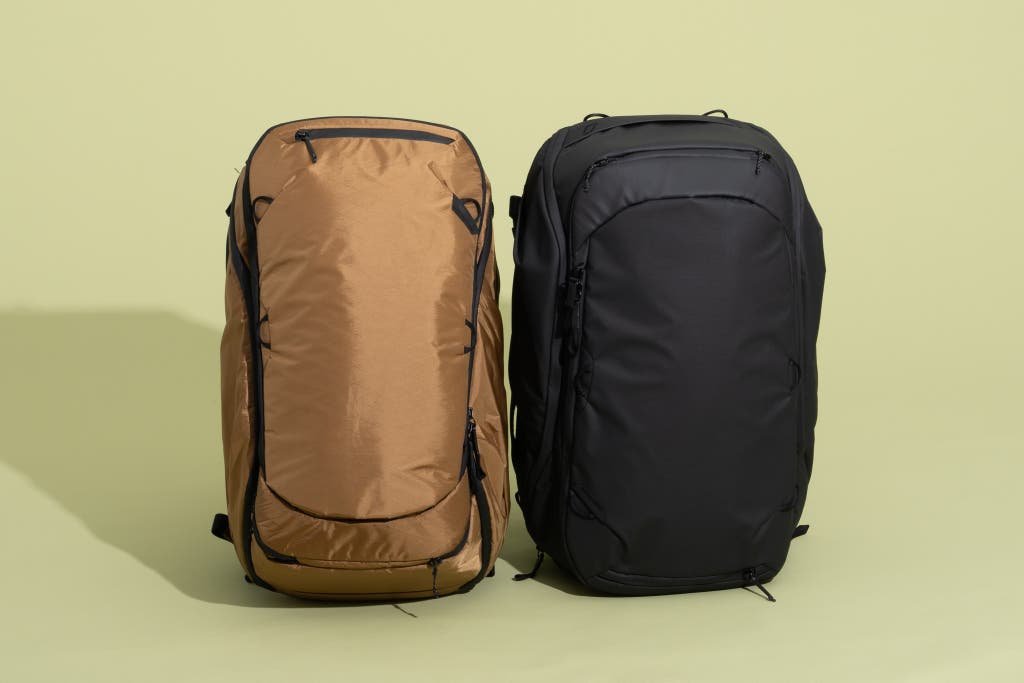
With so many excellent options, narrowing down the best travel backpack for flying depends on your specific needs:
Trip Length: For short trips (1-3 days), the Nomatic Travel Pack or Tortuga 35L is ideal. For longer journeys, the Osprey Farpoint 40 or REI Ruckpack 40 offers more capacity.
Travel Style: Urban explorers will love the Tortuga’s sleek design, while photographers should opt for the Peak Design. Budget travelers can’t go wrong with the REI Ruckpack.
Gear Requirements: If you’re carrying tech or camera equipment, prioritize packs with padded compartments like the Peak Design or Osprey.
Comfort Preferences: If you’ll be walking long distances, choose a pack with a hip belt and ventilated back panel, like the Osprey or REI.
Read more: Best Travel Jewelry Organizers for 2025 – Expert Reviews and Top Picks
Tips for Packing a Travel Backpack for Flying
To maximize your backpack’s potential, follow these packing tips based on years of trial and error:
1. Use Packing Cubes: These keep clothes organized and compressed, especially in clamshell-style backpacks like the Osprey or Tortuga.
2. Keep Essentials Accessible: Store your passport, phone, and charger in a quick-access pocket for security checks and layovers.
3. Distribute Weight Wisely: Place heavier items (like shoes or laptops) closer to your back to reduce strain.
4. Stay TSA-Compliant: Keep liquids in a clear, quart-sized bag in an easily accessible pocket.
5. Test Your Pack: Before your trip, load your backpack and walk around to ensure it’s comfortable and fits within carry-on limits.
Final Thoughts on the Best Travel Backpacks for Flying
Finding the best travel backpack for flying is about aligning your needs with a bag’s features. The Osprey Farpoint 40 is my top pick for its versatility and comfort, but the Tortuga 35L, Peak Design 45L, Nomatic Travel Pack, and REI Ruckpack 40 each excel in specific scenarios. By prioritizing carry-on compliance, organization, and comfort, you can breeze through airports and focus on the adventure ahead.
As you plan your next trip, consider how your backpack can simplify your journey. A well-chosen pack isn’t just luggage—it’s a trusted companion that keeps you organized, comfortable, and ready for anything. Safe travels, and happy flying!

